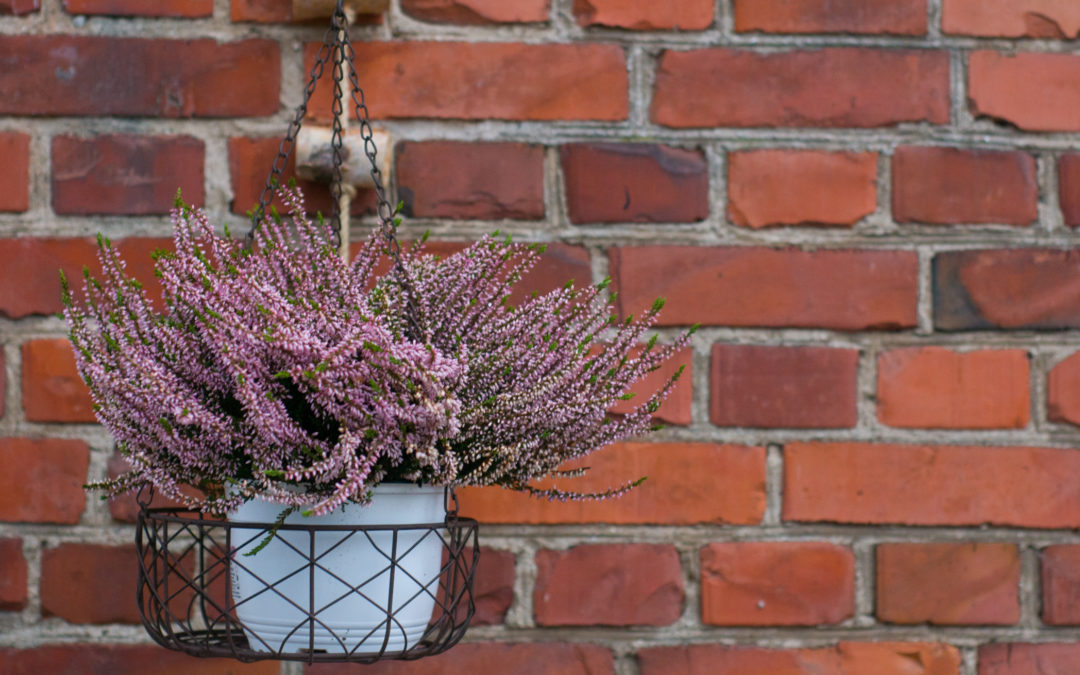Tuckpointing is a term that that might be unfamiliar to you. It is important that you understand exactly what tuckpointing is before we go any further.
A properly constructed brick wall can last up to 100 years. The mortar joints between the bricks will not last that long. Mortar can begin showing signs of wear or damage in 20 to 30 years.
Mortar is somewhat like concrete in that it is composed of a cementitious material along with sand. The main difference between the two is that concrete contains rock, and mortar does not. You have probably heard of Portland cement at some point. That is the most common type of cementitious material.
Have you noticed any pieces of mortar falling from one or more of the outer brick walls of your home? If you have a chimney, have you seen the same thing falling from it? Or do you see cracks in any of the mortar joints? If you see any of these things, you should have the joint repaired as soon as possible.
Cracked or missing mortar can allow water to seep into and behind the brick wall. The interior of any home is not designed to have water seep in. If water does seep in through damaged mortar joints, it can do some serious damage to your home if not repaired in a timely manner.
There are usually two ways to repair damaged mortar. One of them is called repointing, and the other is called tuckpointing. Repointing is the actual process of repairing damaged mortar. Repointing uses a uniform color of mortar. Tuckpointing stands out because it involves using two different colors of mortar. One of the colors is made to match the color of the existing brick. And the other color is the same look as normal mortar.
Why Should I Choose Tuckpointing Over Repointing?
Tuckpointing by its nature can make an older wall appear as if it is new. Matching the color to the brick allows the repaired area to blend in with the rest of the existing wall. The result is something more aesthetically pleasing to the eye.
Repointing a damaged area tends to make it stand out as a repaired area. To put it bluntly, it will be obvious that there is an area that was repaired. You might compare it to a door or panel that has been replaced on a vehicle without being painted. The eye is usually drawn right to that area because it does not blend in with the rest of the vehicle.
Could This be a DIY Project?
We cannot in good conscience say that you should attempt to make the repairs on your own. Repairing masonry is a complicated process. One that requires knowledge, training, and skill. The most important aspect is the skill of the mason. A skilled mason can make repairs appear more seamless.
If you attempt to make the repair on your own, the results can look sloppy. Once you obtain the necessary materials, you must be able to mix them properly. Most homeowners are simply not familiar with the process of mixing mortar. Improperly mixed mortar can crack more easily. Which will put you right back where you started in the beginning.
How Do I Choose a Skilled Masonry Professional?
The process of choosing a skilled masonry professional is much the same as choosing any skilled professional contractor. You should research their background, experience, reviews, and pictures of their finished work. You will want to check with the Better Business Bureau to see whether any complaints have been lodged against the contractor. It is also a good idea to ask for references, especially ones that have not been compensated by the contractor in some way.
The craftsmen at Stanley Exteriors are highly trained and skilled at what they do. You can rest assured that the job will be done right. If you would like to get an estimate from us, we will be happy to do that at no charge. Thank you for your interest in Stanley exteriors!
